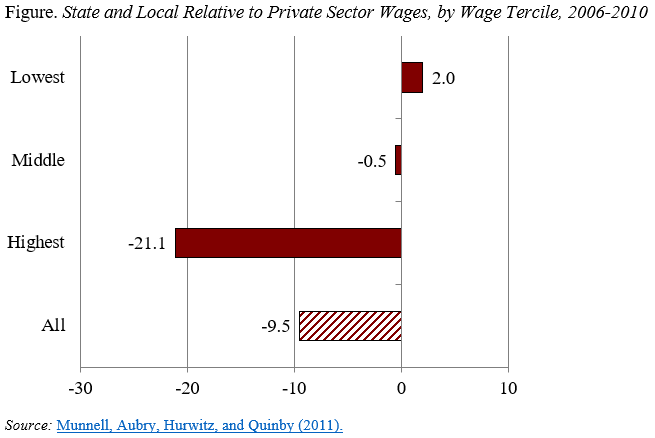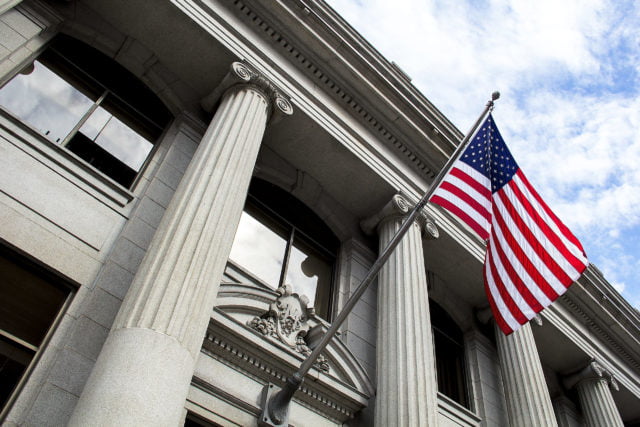
Teacher Compensation Lags Behind
Alicia H. Munnell is a columnist for MarketWatch and senior advisor of the Center for Retirement Research at Boston College.
Teachers receive less than college educated workers in the private sector and many lack Social Security coverage.
Teacher protests in Arizona, Kentucky, Oklahoma, and West Virginia made me look back to a 2011 study on the relative compensation of public and private sector employees. Our conclusion at the time was that, on average, workers in the two sectors were paid about the same. Yes, public employees got more in pensions, but they received lower wages than their private sector counterparts. That earlier analysis, however, did not focus on two relevant issues. First, the story differs by level of education. Second, the earlier analysis did not touch on the issue of Social Security coverage.
Let’s look first at the story of compensation excluding Social Security. At the time of the earlier study, wages paid in the state and local sector – controlling for gender, race, experience and education – were about 10 percent lower than those paid in the private sector. However, re-estimating the same equation separately by the level of wages revealed some dramatic differences across the pay scale; only a small difference in wages between public and private sector workers for the lower and middle thirds of the wage distribution, but a huge difference for the top third (see Figure). While larger pensions and more generous health insurance offset the wage differential on average, even including these fringe benefits leaves the highest paid group with a deficit relative to their private sector counterparts. And, given that compensation is closely tied to education levels, who is likely to fall into this higher-paid group of public employees? Teachers – who all have a college degree.

The recent public demonstrations have also surfaced the fact that about 40 percent of public sector teachers are not covered by Social Security. When Congress enacted the Social Security Act in 1935, it excluded all employees of state and local governments from mandatory coverage owing to constitutional concerns about whether the federal government could impose taxes on states. As Congress expanded coverage to include virtually all private sector workers, it also passed legislation in the 1950s that allowed states to elect coverage voluntarily for their employees. Today, roughly 25 percent of state and local workers are in plans that do not offer Social Security. The largest component of that group is teachers.
Social Security coverage provides an important package of protections that state and local plans rarely match: portability across employers, benefits for dependents and survivors, and full cost-of-living adjustments. In addition, workers moving between jobs that are covered by Social Security and jobs that are not covered may experience long periods without disability protection. All these benefits are becoming increasingly important as states and localities cut back on their own benefits.
In short, it’s pretty understandable why teachers are taking to the streets. They are not paid as much as their private sector counterparts with a college education and they lack the protections afforded by the nation’s Social Security program. Teachers should be well paid so that we attract the best people to educate our children.







